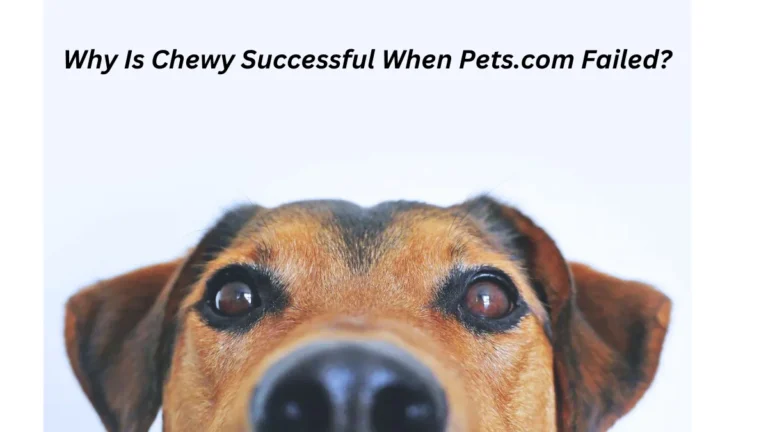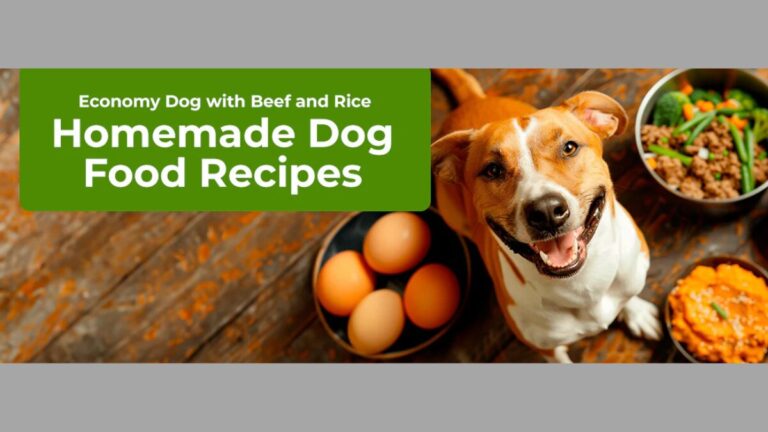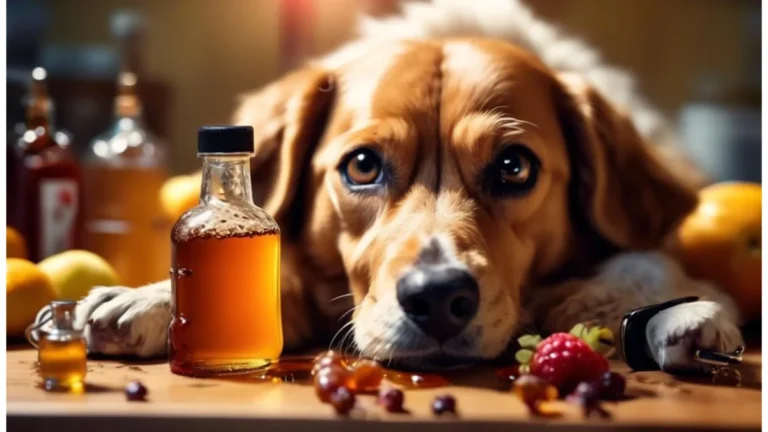Introduction:
Garlic bread might be a tempting snack for humans, but as a responsible dog owner, you may wonder if it’s safe for your furry friend. In this article, we’ll explore the ingredients in garlic bread, their effects on dogs, and whether this popular treat should be included in your dog’s diet.Can Dogs Eat Garlic Bread?
Understanding Garlic Bread: What’s in It?
The Ingredients of Garlic Bread
Garlic bread typically contains bread, butter, garlic, and herbs, with some variations including cheese or spices. While these components are harmless or even healthy for humans, their impact on dogs can differ significantly.
- Bread: Plain bread is generally safe for dogs in moderation.
- Garlic: A core ingredient of garlic bread, garlic is toxic to dogs.
- Butter and Oils: High-fat content can cause stomach upset in dogs.
- Herbs and Spices: Some, like parsley, may be harmless, while others could be risky.
Understanding each ingredient is critical in determining whether garlic bread can harm your dog. For more tips on evaluating your dog’s diet, visit Dogs Foods.
Why Garlic is Toxic to Dogs
How Garlic Affects a Dog’s Health
Garlic belongs to the Allium family, which includes onions, leeks, and chives. These foods contain thiosulfate, a compound that can damage a dog’s red blood cells and lead to hemolytic anemia.
Symptoms of Garlic Toxicity:
- Vomiting and diarrhea
- Weakness or lethargy
- Rapid breathing
- Pale gums
- Increased heart rate
Even small amounts of garlic, whether fresh, powdered, or cooked, can pose a risk to your dog’s health. Learn more about managing health issues in dogs at Dog Health Issues.
Can Dogs Eat Garlic Bread Safely?
Assessing the Risks
The primary concern with garlic bread is its garlic content. Even if the garlic content is minimal, the additional ingredients such as butter, oils, and spices may cause problems like obesity or gastrointestinal distress in dogs.
Why You Should Avoid Giving Garlic Bread to Dogs:
- Garlic Toxicity: The primary danger comes from thiosulfate.
- Fat Content: High-fat ingredients can lead to pancreatitis.
- Additives: Spices and seasonings might upset your dog’s stomach.
For more insights into safe feeding practices, explore our Dog Breeds and Dietary Needs section.
What to Do If Your Dog Eats Garlic Bread
Immediate Steps to Take
If your dog accidentally consumes garlic bread, take the following steps to minimize health risks:
- Monitor Symptoms: Watch for vomiting, diarrhea, or lethargy.
- Contact Your Vet: Provide details about the amount consumed.
- Activated Charcoal: This can sometimes prevent toxin absorption (under veterinary guidance).
- Hospitalization: Severe cases may require IV fluids and oxygen therapy.
To better understand your dog’s health, check out About Us and explore our resources.
Healthy Alternatives to Garlic Bread for Dogs
Safe and Nutritious Treats
Instead of sharing garlic bread with your dog, consider these safe alternatives:
- Carrots: A crunchy, low-calorie treat.
- Apples: Sliced and seedless.
- Dog-Specific Biscuits: Formulated for canine health.
Homemade dog treats can also be a healthier choice. Learn more about suitable treats in our Dogs Foods section.
Prevention: Keeping Your Dog Safe
Tips for Avoiding Garlic Bread Incidents
- Educate Family Members: Make sure everyone knows not to feed garlic bread to your dog.
- Secure Food Storage: Keep garlic bread out of reach.
- Train Your Dog: Teaching obedience commands can prevent food theft. Find training advice at Dog Training.
Common Misconceptions About Garlic and Dogs
Myths vs. Facts
Some believe that garlic in small quantities can be beneficial for dogs. While certain holistic practices tout garlic for repelling fleas, the potential risks far outweigh any benefits. Instead, consider safer flea prevention strategies available in our Health Care section.
How Garlic Bread Compares to Other Foods
Foods You Should Avoid
In addition to garlic bread, other toxic foods for dogs include:
- Chocolate
- Grapes and Raisins
- Onions
Learn more about these foods and their effects on pets in our Dogs Foods and Cats Foods sections.
The Verdict: Should You Feed Garlic Bread to Dogs?
Final Thoughts
Garlic bread is not a safe treat for dogs due to the toxicity of garlic and the potential for other harmful ingredients. Keeping garlic bread and similar foods away from your dog is crucial for their overall health and well-being.
For further questions or assistance, reach out through our Contact page.
Stay informed and explore resources like Pet Insurance for comprehensive pet care solutions.
This article serves as a guide to help you make better dietary choices for your dog. Check out our dedicated sections on Dogs and Cats for additional insights!
FAQs About Dogs and Garlic Bread
Can a small piece of garlic bread harm my dog?
Even a small amount of garlic bread can be harmful, depending on the size of your dog and the garlic content. Garlic is toxic to dogs, and consuming it may lead to symptoms like vomiting, diarrhea, or anemia. If your dog eats any garlic bread, monitor them closely and contact your veterinarian if symptoms appear.
Are there any safe bread options for dogs?
Yes, plain bread without garlic, butter, or seasonings can be given to dogs in moderation. Whole-grain or wheat bread may offer slight nutritional benefits over white bread, but bread should not be a significant part of your dog’s diet. Always avoid bread with harmful additives like raisins, nuts, or onions.
What should I do if my dog accidentally ate a large amount of garlic bread?
If your dog consumes a large amount of garlic bread, seek immediate veterinary attention. Provide your vet with details about the quantity eaten and your dog’s weight. Treatment may include activated charcoal to limit toxin absorption or supportive care for severe cases. Always act quickly to ensure your pet’s safety.




